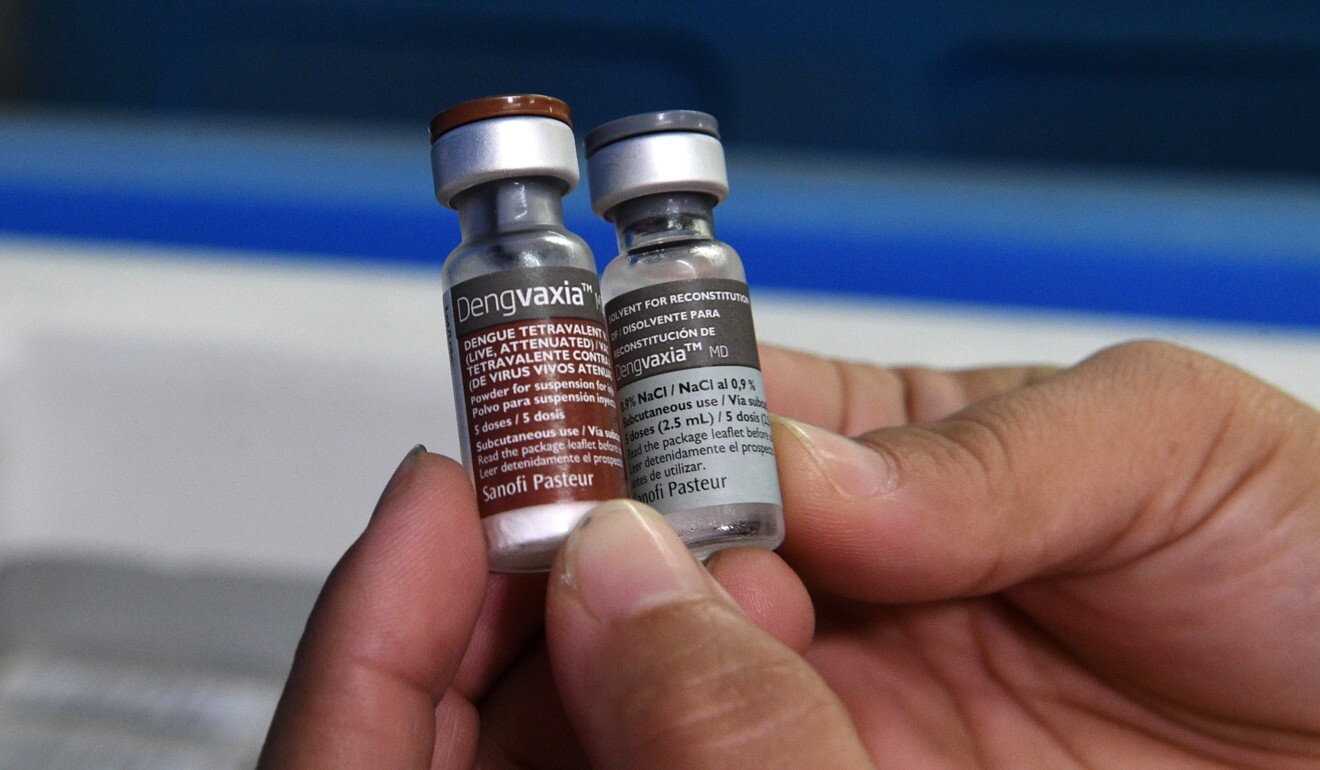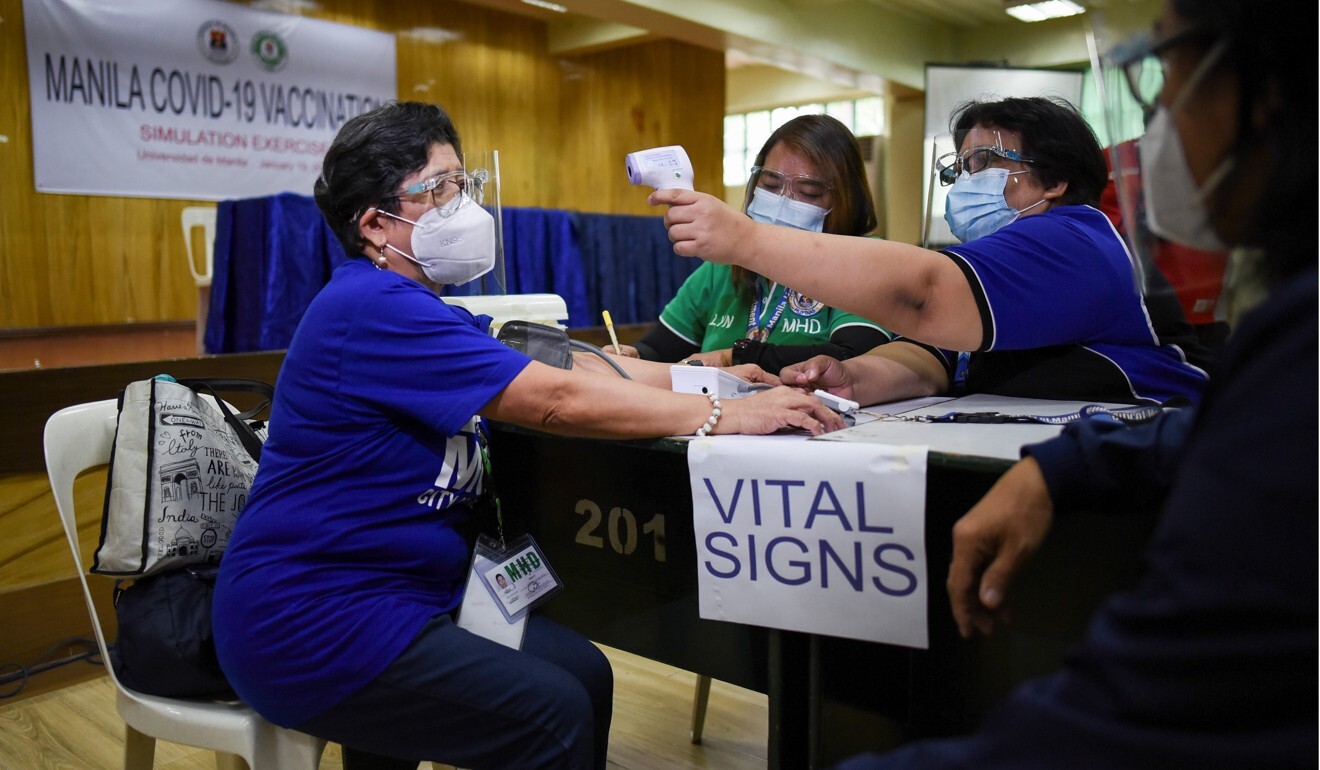Medicaid expansion in New York has improved maternal health, study finds
Policy intervention is particularly beneficial to low-income and minority women
January 29, 2021 -- A study at Columbia University Mailman School of Public Health and Columbia University Irving Medical Center has found that Medicaid expansion in 2014 in New York State was associated with a statistically significant reduction in severe maternal morbidity in low-income women during delivery hospitalizations compared with high-income women. The decrease was even more pronounced in racial and ethnic minority women than in White women. Until now there was little research on the link between ACA Medicaid expansion and maternal health outcomes. The findings are published online in the journal of the International Anesthesia Research Society, Anesthesia & Analgesia.
"Our findings indicate that the 2014 Medicaid expansion under the ACA in New York has contributed to reducing severe maternal morbidity in low- income women. These findings are of public health importance given the ongoing increase in maternal morbidity and mortality on the national level," said Jean Guglielminotti, MD, PhD, in the Department of Anesthesiology, Columbia Medical Center.
The researchers analyzed data from the 2006-2016 New York State Inpatient Database, a census of discharge records from community hospitals. They compared the changes in the incidence of severe maternal morbidity (SMM) as defined by the Centers for Disease Control and Prevention during delivery hospitalizations and discharges between low- and high-income women associated with the 2014 Medicaid expansion in New York State from January 1, 2006 to December 31, 2016.
For each year of the study period, the researchers calculated the volume of deliveries and delivery-related discharges, cesarean delivery rate, percent admission during a weekend, percent non-White women (i.e, racial and ethnic minority women), and percent Medicaid beneficiaries.
Of 2,286,975 delivery-related discharges in 173 hospitals, 611,020 were among low-income women (27 percent). Compared with high-income women, low- income women had a higher incidence of SMM (2.6% vs 1.9%, respectively).
Medicaid beneficiaries increased from 43 percent in the pre-expansion study period to 48 percent in the post-expansion study period. The proportion of the uninsured decreased 5 percent and by a decline of 9 percent among privately insured women. The 2014 New York State Medicaid expansion increased the income eligibility threshold for pregnant women from 200 percent to 223 percent of the Federal Poverty Level. According to earlier Columbia research, even though half of pregnant women are covered by Medicaid nationwide, up to 13 percent are uninsured in the month of delivery.
"We hypothesized that the introduction of Medicaid expansion in January 2014 would not be associated with an abrupt change in the incidence of SMM immediately after its introduction but rather with a gradual decrease over time," said Guglielminotti. "We based this on the fact that a pregnancy lasts 3 quarter-years and that the beneficial effect of health insurance coverage on maternal health outcomes during delivery hospitalizations is thought to be mediated by earlier prenatal care during pregnancy and a better quality of prenatal care."
While insured women may receive earlier and better care throughout pregnancy and postpartum, an earlier and higher utilization of prenatal care is also associated with better maternal and neonatal outcomes, according to the researchers. Secondly, insured women might seek earlier care if symptomatic of a complication without worrying about financial implications. In addition, care during hospitalization can be influenced by insurance type by removing financial barriers to care delivery such as the utilization of expensive procedures.
"Excess maternal morbidity and mortality in the United States, particularly in low-income and racial/ethnic minority women, is a growing public health concern," said Guohua Li, MD, DrPH, professor of Anesthesiology and Epidemiology at Columbia Mailman School of Public Health. "Our study suggests that Medicaid expansion under the ACA is an effective policy intervention to improve maternal health outcomes and reduce health disparities. "
###
A co-author of the study is Ruth Landau, MD, Columbia University Irving Medical Center.
Columbia University Mailman School of Public Health
Founded in 1922, the Columbia University Mailman School of Public Health pursues an agenda of research, education, and service to address the critical and complex public health

















